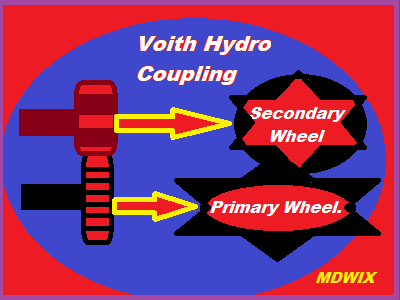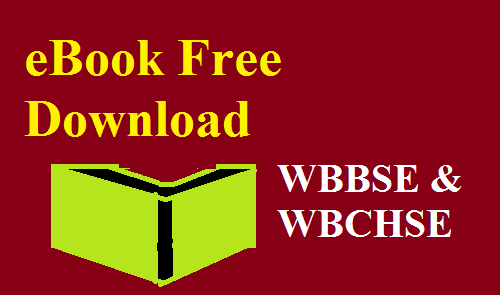Workshop on Creative Writing and Literature including Fiction & Non-Fiction.
 |
| Literature |
Importance of Creative Literature: Creative literature is not only the source of entertainment and pleasure for readers but also a valuable tools for learning and personal growth. Creative literature can help us to develop our creativity and critical thinking skills by exposing us to different perspectives, styles and forms of expression. It enhances our emotional intelligence and empathy by allowing us to experience the feelings and emotion. It broaden our cultural awareness and diversity by introducing us to lives, histories and cultures of peoples from different backgrounds, places and times. It enriches our vocabulary and communication skills by exposing us to new words, phrases and idioms. Moreover it inspires us to write our own stories and express ourselves in creative ways.
Different Types of Creative Literature: Creative literature consists of various forms of artistic expression that use language as a medium. some of the main branches of creative literature are discussed below:
Poetry: It is the art of creating rhythmic and expressive compositions that often use imaginary, metaphor, rhyme and other literary devices. Poetry can be written in various forms, such as sonnets, haikus, limericks, free verse. Some examples of famous poets are William Shakespeare, Emily Dickinson, Pablo Neruda, Maya Angelo, Rabindranath Tagore and so on.
Fiction: It is the art of creating imaginary stories that can be realistic or fantastical, depending on the genre. Fiction can be written in various forms, such as novels, short stories, novellas, flash fiction, etc. some examples of fiction writers are J.K Rowling, George Orwell, Jane Austen, etc.
Drama: It is the art of creating scripts for theatrical performances that usually involve dialogue, action, conflicts. Drama can be written in various forms such as plays, musicals, operas, etc. Some of the famous dramatists are William Shakespeare, Arthur Miller, Oscar Wilde and Lin-Manuel Miranda.
Nonfiction: It is the art of creating factual and informative texts that can be based on personal or public experiences, research, or analysis. Nonfiction can be written in various forms, such as essays, memoirs, biographies, documentaries, etc. Some of the famous nonfiction writers are Malcom Gladwell, Anne Frank, Nelson Mandela, Dr. A P J Abdul Kalam, etc.
How to write creative literature? In his discussion we are sharing some of the important tips and advices to write a good creative literature. First of all it is confessed that creative writing is an ingenious skill that can be learned oneself. It can be improved by learning from different writer's literary works. Here we are sharing some of the important guidelines to be a creative writer. Let we discuss step by step as follows.
First step: Establish Your Ideas. This can be anything that sparks your interest or curiosity, such as a one day character, a sitting, a theme, a conflict, or a question. You can brainstorm ideas by prompts, reading other works, observing the world around you, or asking yourself "what if?". Example, what if you woke up one day with superpower? What if you found a mysterious letter in your mailbox? What if you travelled back in time to meet your ancestors?
Second step: Develop Your Idea. You need to develop your idea into a plot. A plot is the sequence of events that make up your story. It should have beginning, a middle, and an end. It should follow a logical and coherent structure. You can use different methods to outline your plot, such as the three-act structure, the hero's journey, the snow flake method, or the Freytag's pyramid. You should also consider the genre, the tone, the point of view and the style of your story.
Third step: Create Your Characters. Characters are the people who inhabit your story and drive the action. They should have distinct personalities, motivation, goals flaws and conflicts. You can use different techniques to create your characters such as character sketch, the character questionnaire, the character interview, or the character arc. You should also consider how your characters relate to each other and to the plot.
Fourth step: Write First Draft. This is where you put your idea into words and shape them in scenes and chapters. You should not worry too much about grammar, spelling, or punctuation at this stage. Your main goal is to get your story down on paper and express your creativity. You can use different tools to help you write your first draft, such as writing software, timer, word count or prompts.
Fifth step: Revise Your Draft. This is where you improve your draft story by adding, deleting, changing, moving elements. You should focus on the big picture aspects of your story, such as the plot structure, and the character development, the theme, the setting, and the voice. You can use different strategies to revise your draft, such as reading aloud, getting using checklist or guide.
Sixth step: Proofread and edit Your draft. This is where you can polish your stories by correcting grammar, spelling mistake, punctuation, or formatting. You should pay attention to the small details of your story, such as word choice, the sentence structure, the dialogues and the transition. You can use different resources such as dictionary, thesauruses, Style manuals or software.
Seventh step: Criticise your writing yourself. This is the most important stage to get Criticise your own creation. Make constructive question in every scene and make conclusion to a final scripts. Get feedback from your near one.
Final step: Publish your ideas. After Completing your story it should be brought to public by means of printable books, magazine, anthology scripture or in digital forms in internet or web world.
Conclusion: Writing creative literature can be a rewarding and enjoyable activity that allows anyone to express oneself and share vision to others. by practicing these simple steps you can improve your writing skills and create amazing stories.
===============
This article is related to the following topics as: Creativity in literature, Creative Writing Articles, definition of creative writing by different authors, free and creative writing guide, aspects of creative writing, introduction of creative writing, English creative writing and literature, creative writer, creative literature, creative writing vs literature in degree course, creative non fiction meaning in literature, creative writing example, Creative writing topics, creative writing start up step by step guide, workshop on creative writing, creative writing support for beginners to expert.
Examples of Creative Writing as Follows:

















0 Comments